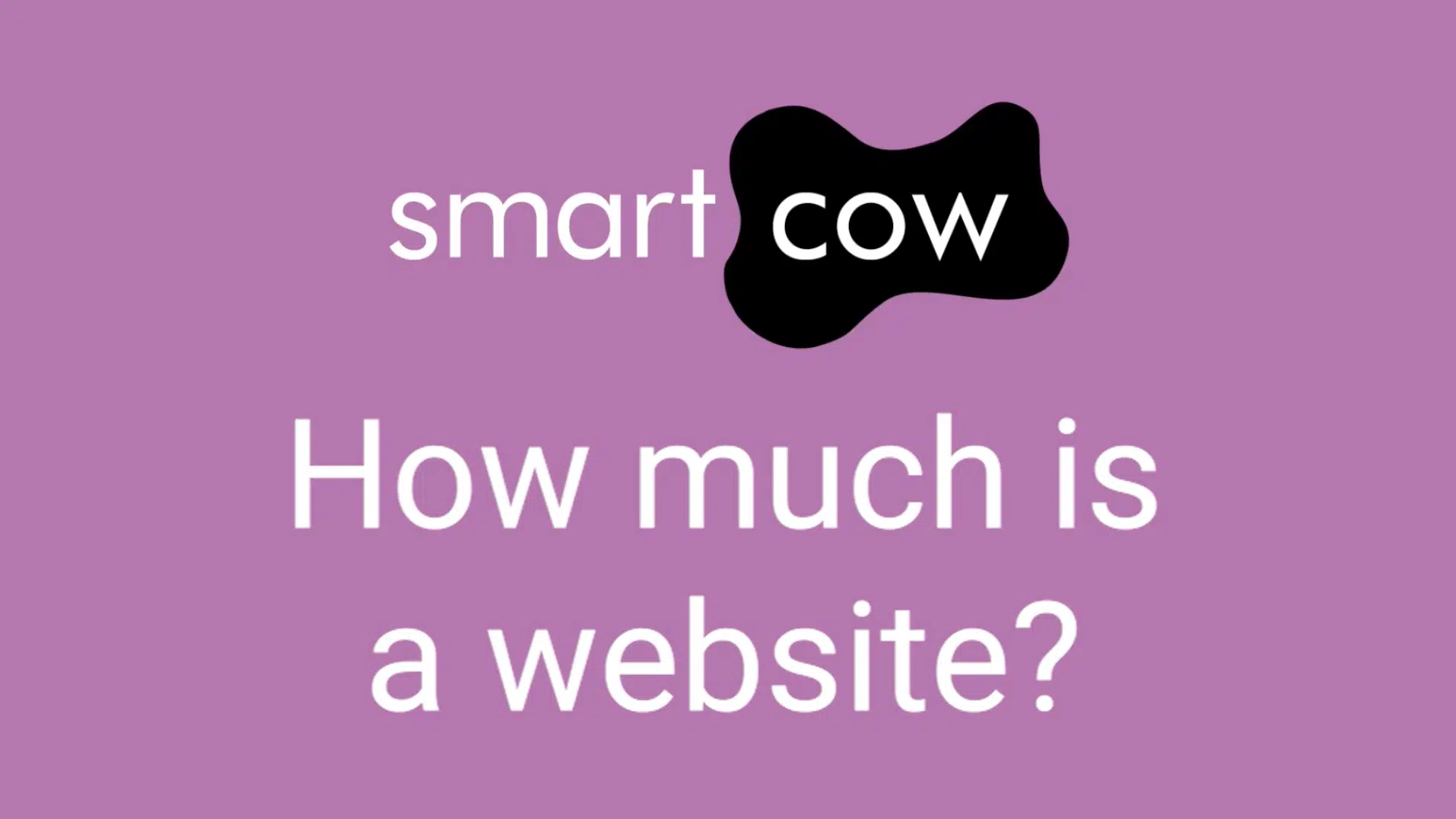A well-designed website not only acts as your digital storefront but also serves as a powerful tool to attract, engage, and convert potential customers. Yet, many businesses struggle to fully unlock their website’s potential. This is where a comprehensive website review can make all the difference.
The Importance of a Strong Online Presence
Credibility and Trust
A professionally designed website fosters credibility and trust. When potential customers visit your site, they should immediately feel confident in your brand’s legitimacy and reliability. A strong online presence signals that you are established, trustworthy, and committed to providing value.
Competitive Advantage
In a busy marketplace, standing out from the crowd is vital. An optimised website can give you the edge you need. Whether it’s through superior design, user experience, or content, a strong online presence ensures you remain relevant and competitive.
Customer Engagement
A well-structured website engages visitors, encouraging them to explore your offerings and interact with your brand. Features such as intuitive navigation, fast loading times, and compelling content are vital for keeping visitors on your site longer and increasing the likelihood of conversion.
SEO Benefits
Search engine optimisation (SEO) is critical for driving organic traffic to your website. A strong online presence, backed by an SEO-optimised site, ensures that your business ranks higher in search engine results pages (SERPs). This not only boosts visibility but also attracts targeted traffic, enhancing your chances of generating leads and sales.
Actionable Insights from a Website Review
A thorough website review evaluates various performance metrics such as loading speed, mobile responsiveness, and overall user experience. Identifying performance bottlenecks and areas for improvement can significantly enhance your site’s efficiency and user satisfaction.
Aesthetic appeal and usability are key components of a successful website. A design and usability check reviews your site’s layout, colour scheme, typography, and overall visual appeal. It also assesses the ease of navigation and accessibility, ensuring a seamless user experience.
Why Choose Us for Your Website Review?
At Smart Cow Marketing, we specialise in Croydon web design and have a proven track record of helping small businesses and startups enhance their online presence. Our team of web design experts are dedicated to providing comprehensive website reviews that deliver actionable insights tailored to your specific needs.
We understand the unique challenges faced by small businesses, and our goal is to empower you with the tools and knowledge needed to succeed in the digital landscape.
Contact Us for a Free Website Review
Are you a Croydon business? Contact us today for a free website review and start boosting your online presence. Our team is here to guide you every step of the way, ensuring your website becomes a powerful asset for your business.



